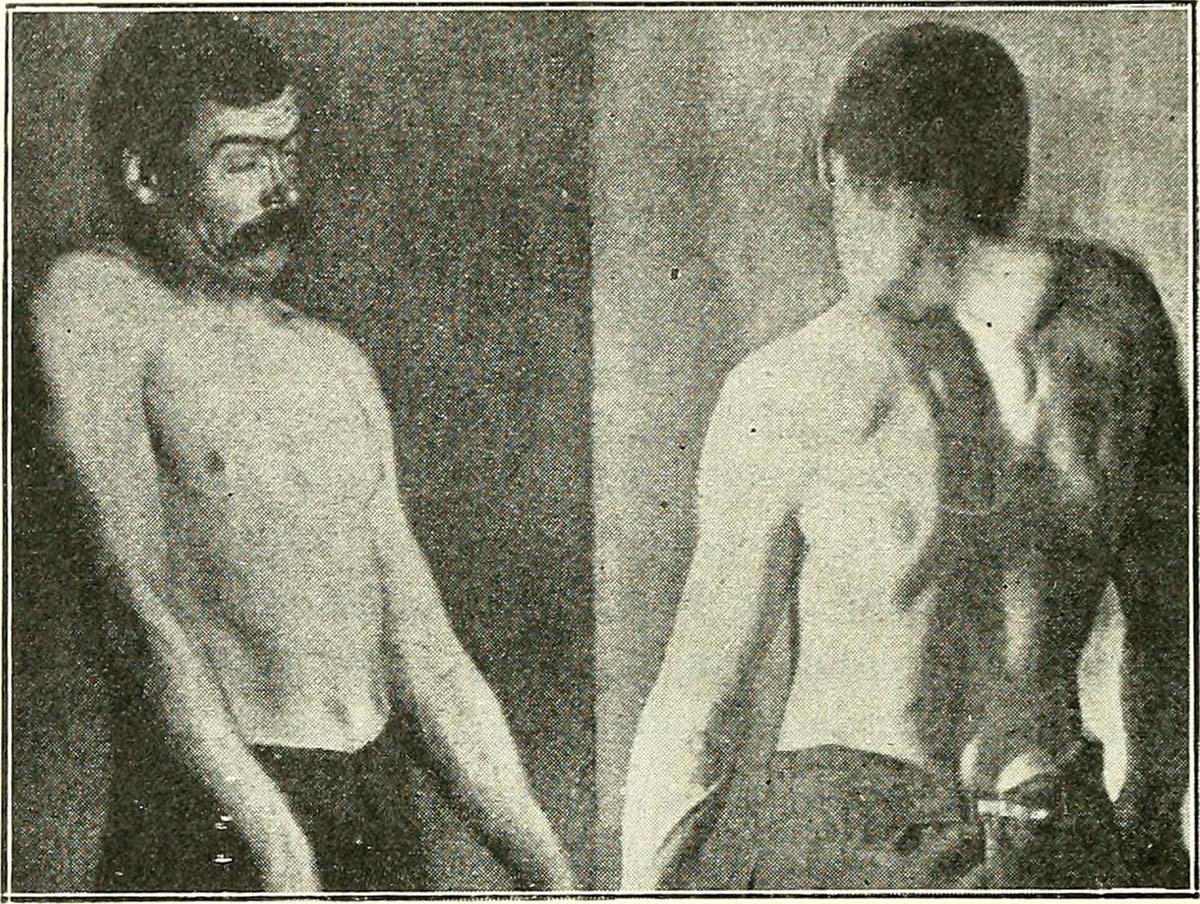
Human muscles are known to cramp and knot up very quickly if we use them in the wrong way. Knots are known to occur if your muscle is suddenly contracted, or shortened creating a wave of intense pain almost immediately. Spasms are often a side effect of inadequate exercises or overusing our muscles. However, they can often be a result of pinched nerves, malnutrition, inactivity and spending a lot of time in one position without movement.We all know these, and call them muscle cramps, but in fact they are spasms, because the pain in these cases is sustained and you can often feel a big lump of muscle tissue by touching the painful area.
There are some precautions and steps that a person can take to prevent or stop muscle spasms mentioned in the text below.
When doing something physical, and you start to feel discomfort in your muscles, don’t try to work through it, give yourself a few moments of relaxation instead and you will notice a very big difference in the morning. Giving your body a break when it needs it will surely help you to prevent spasms.
Eat a lot of potassium and calcium.If a person is into sports, food like bananas and tomatoes will efficiently boost up your potassium levels.But if a person is not a very active one, most probable reason for spasms is calcium shortage, in that case, you should take a lot more dairy products on a daily basis.Try to eat less acidic foods, because they can decrease mineral absorption into your body.
Hot showers are known to help. Take a hot shower or a soak in a hot tub before the exercise. In this way your muscles are better prepared for strains to come, because they are more relaxed.
If the cramps are frequent and the pain is severe you should contact your doctor immediately, because most probably the problem is a pinched nerve.
Circulation can be a problem. If you are having constant spasms in your legs, then you should see a doctor. It can be a sign of restricted blood flow or blood clotting, which can lead to a serious problem.
And the most important thing of all, stretch. Stretching is a key to preventing spasms. Stretch in the morning when you wake up, before every physical activity, after sitting for a longer period time or after being in awkward positions.Stretching can also help to stop the spasms. When you do have a spasm, stretch it gradually and gently until you feel the relief.




-Causes,-Symptoms,-Diagnosis,-Treatment_f_280x120.jpg)

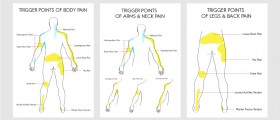

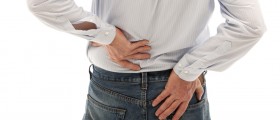




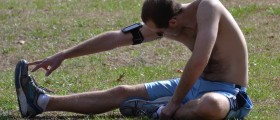
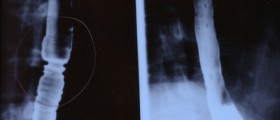

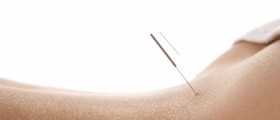
Your thoughts on this
Loading...